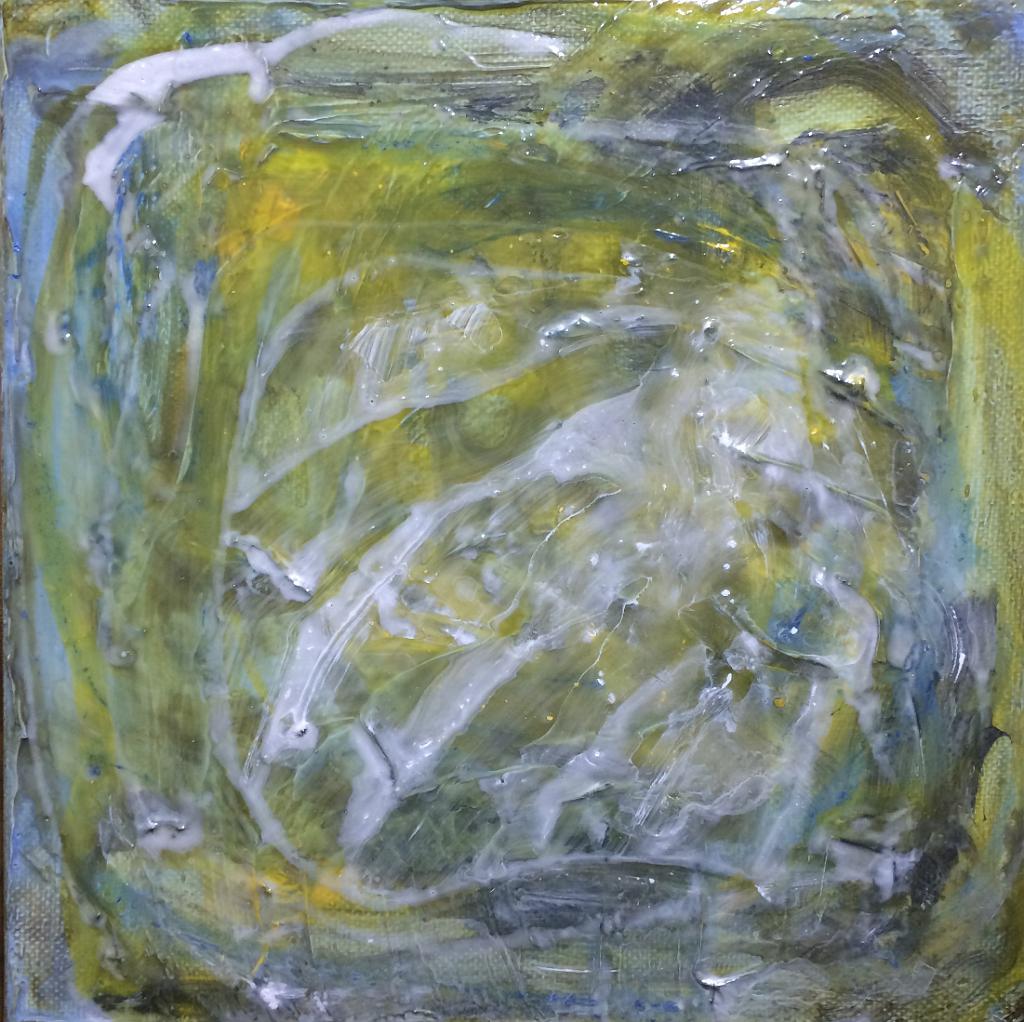The mini-story below, about a final exam, is an outtake from a novel I am working on, posted in response to the Daily Prompt, Final. What is your attitude towards the word final? Does it feel you with unease like it does me? Do you hate endings as much as I do?
That fall, Marie had boldly and confidently signed up for Math 201a: Multivariable Calculus. The topic had a visual component that appealed to Marie. Hyperbolic paraboloids reminded her of Pringles chips.
During the first exam, the pressure of finishing within an hour—the tyranny of the clock—jangled Marie’s nerves, and time got away from her. The clock loomed overhead and mocked her with each nervous glance. An hour was a minute; a minute was a second. Her mind was a wall of worry. The hour marched to its end, and she had answered no questions.
The professor, Maciej Zaborowski, paced around during the exams. He had a habit of holding a piece of chalk on his chin and accidentally creating a chalk soul patch. He tripped backwards when looking at the board and not noticing an umbrella beneath his feet. They called him “Magic Z.”
There were four exams in this course: three hourly exams, and a long multi-hour final. Failing an exam meant that the remaining exams were weighted more heavily. Marie was embarrassed but not horribly worried. She had several chances to redeem herself.
During the second hourly exam, time played the same cruel tricks as before. She could practically hear the tick, tock.
These two exams didn’t bode well. She had never gotten a poor grade in a class. However, she still had a bit of hope, and a plan. She joined study groups. She crammed. Studying would solve the problem; studying always solved her problems.
The day of the third exam, sweat trickled down the small of her back. She wasn’t prone to palpitations but she could feel her heart pounding. She knew before even submitting the booklet that she had failed a third time. She felt like crying. This was completely absurd and unacceptable.
The night of the third exam, she dreamt that she sat naked in the front row of an empty class. Incomprehensible Math 201a assignments crackled loudly out of the intercom system. Compute the surface area of the sphere above the xy plane. Locate and classify all the local maxima, minima and saddle points of the function. Find the parametric equation of the line of intersection of the tangent planes. She woke up in a sweat.
The final was now the biggest single contributor to her grade for the class. She took drastic measures. She reallocated all resources to Math 201a. Her mind swam with wave equations, flux integrals, and arc lengths. Nights and weekends were entirely dominated by Stokes’ Theorem and Green’s Theorem. Helical curves and one-sheeted hyperboloids danced before her eyes.
The day of the final exam was bright and sunny. Spring was coming and that day seemed the first hint of warm weather to come. The final exam was a leisurely, multi-hour event. There was a clock, but it was far less potent. One question after another, she answered, confident she understood the question. The parametrized surface is everywhere perpendicular to the vector field. False! The vector field has zero curl and zero divergence everywhere. True!
A few days later Marie went to the class to check on her grade. They weren’t posted yet, dammit. A day later, on a terribly rainy Wednesday, she came back to check again. She saw a flyer for a vegan support group and an advertisement for used textbooks, but no grades. On the third day she came back and saw the fateful sheet with a half dozen students clustered around it. She shoved her way to the front with a few Excuse me’s and looked for her name: Anderson… Ebert… Gibson. There was her score, but could that be right? She did a double-take. She got an A on the exam.
All at once the relief washed over her. She couldn’t believe it. She looked around for a chair; she had to sit down. Finding a metal fold-up chair in the same hallway, Marie plopped down, put her hand through her hair, and worried about her future. Would it be like this for every science class going forward: weeks of stress followed by an unbelievable day of relief? She couldn’t take another Math 201a. Shit, she thought. Maybe she shouldn’t be a scientist.
The mushroom image above is the best representative I have for hyperbolic paraboloids.





